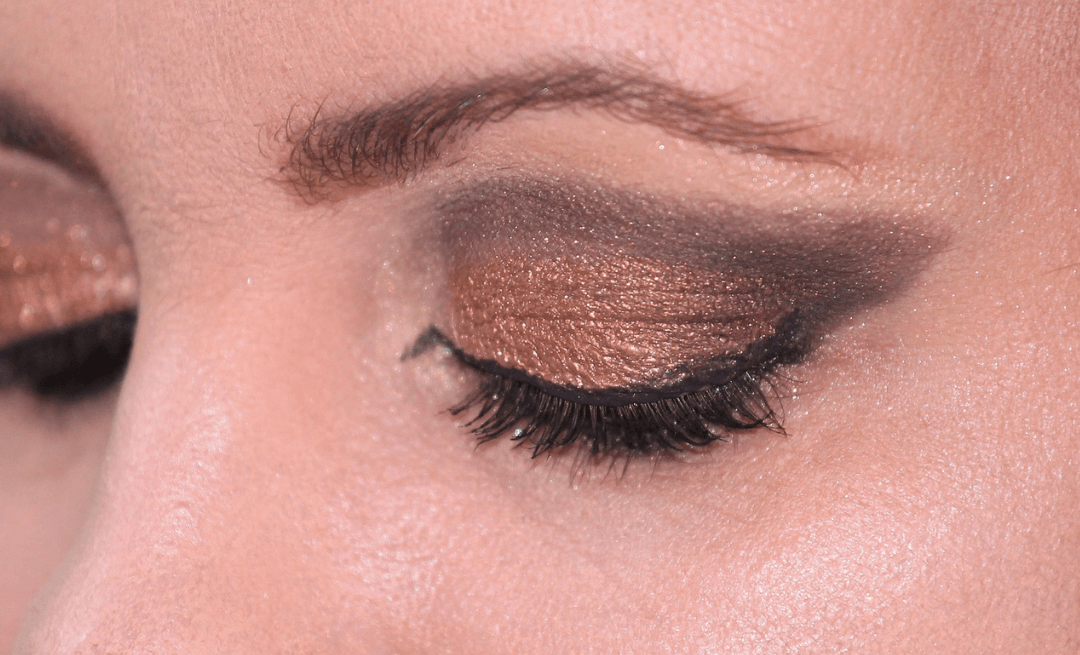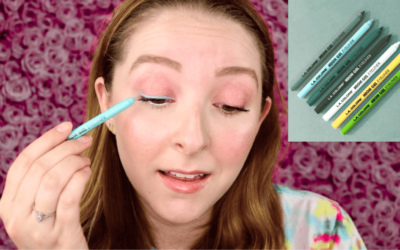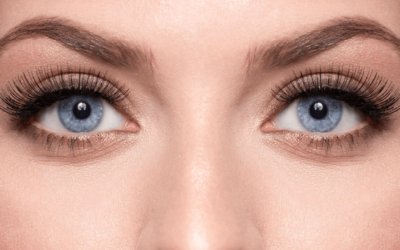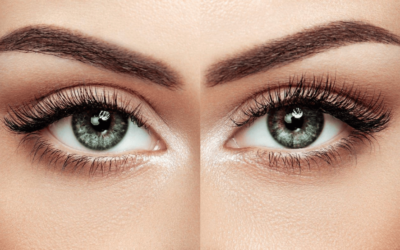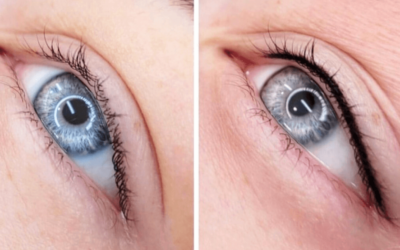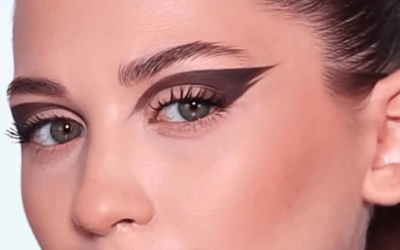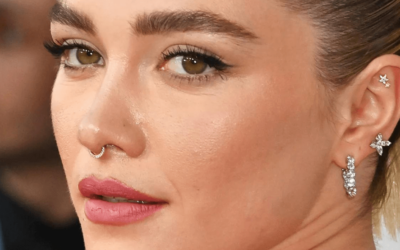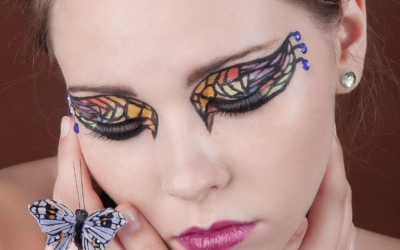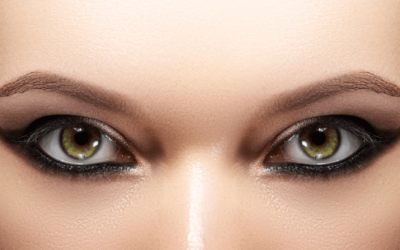Permanent makeup, also known as cosmetic tattooing, has become increasingly popular as a long-lasting solution for enhancing facial features. One common procedure in this realm is eyeliner tattooing, which aims to create a permanent eyeliner look.
While many individuals have successful experiences with eyeliner tattoos, there are cases where things can go wrong.
The topic of “eyeliner tattoo gone wrong,” exploring the potential risks, common issues, and available solutions for those who have experienced undesirable outcomes with their eyeliner tattoo.
Understanding the Risks of Eyeliner Tattooing
Eyeliner tattooing, like any other cosmetic procedure, carries inherent risks. It is crucial to be aware of these risks before undergoing the procedure. Some potential risks include:
a. Allergic Reactions
Allergic reactions to the pigments used in eyeliner tattooing can occur, leading to redness, swelling, itching, and discomfort. In rare cases, severe allergic reactions may occur, requiring immediate medical attention.
b. Infections
If proper sterilization and hygiene protocols are not followed during the tattooing process, there is a risk of infection. Bacterial or viral infections can cause pain, swelling, pus, and other symptoms.
It is essential to choose a reputable and experienced professional who adheres to strict sanitary practices.
c. Unsatisfactory Results
Despite careful planning and communication, there is a possibility of unsatisfactory results with eyeliner tattooing. Issues such as uneven lines, incorrect color, or an unnatural appearance can leave individuals dissatisfied with their tattooed eyeliner.
Common Issues with Eyeliner Tattoos Gone Wrong
When an eyeliner tattoo goes wrong, individuals may face various issues that impact their appearance and confidence. Some common problems associated with eyeliner tattoos gone wrong include:
a. Uneven or Crooked Lines
One of the most prevalent issues is uneven or crooked lines. This can result from an inexperienced or unskilled technician, inadequate planning, or errors during the application process.
b. Incorrect Color or Intensity
Another common problem is the use of an incorrect color or intensity for the eyeliner tattoo. The chosen pigment may not match the individual’s natural eye color or personal preferences, leading to dissatisfaction with the final outcome.
c. Migration or Smudging
In some cases, eyeliner tattoos may migrate or smudge over time, resulting in blurred lines or a smudged appearance. This can happen due to improper application techniques, poor aftercare, or individual factors such as skin type and lifestyle habits.
d. Scarring or Keloids
In rare instances, eyeliner tattoos gone wrong can result in scarring or keloid formation. This can occur if the tattooing process is too aggressive or if the individual’s skin is prone to such reactions.
Exploring Solutions for Eyeliner Tattoo Mishaps
If you find yourself unhappy with your eyeliner tattoo, don’t despair. There are solutions available to address the issues and help you achieve the desired results.
Let’s explore some common solutions for eyeliner tattoo mishaps:
a. Correction by a Skilled Professional
Consult with a skilled and experienced cosmetic tattoo artist who specializes in correction work. They can assess the existing tattoo and develop a customized plan to correct any issues, such as uneven lines or incorrect color.
This may involve techniques like color correction, additional tattooing, or camouflage techniques.
b. Tattoo Removal
In more severe cases, where the eyeliner tattoo is deeply flawed or the individual wants a complete removal, tattoo removal techniques may be considered.
Laser tattoo removal is a common option that uses laser energy to break down the tattoo pigments gradually. Multiple sessions are usually required for optimal results.
c. Camouflage Makeup
In the interim while exploring correction or removal options, camouflage makeup can be used to conceal the undesirable aspects of the eyeliner tattoo.
Specialized makeup products, such as color correctors and long-lasting concealers, can help neutralize the tattoo color and create a more desired appearance.
Preventive Measures for a Successful Eyeliner Tattoo Experience
To minimize the chances of experiencing an eyeliner tattoo gone wrong, consider the following preventive measures:
a. Research and Choose a Qualified Professional
Thoroughly research and choose a qualified and reputable professional who specializes in cosmetic tattooing, specifically eyeliner tattoos. Look for reviews, before-and-after photos, and certifications to ensure their expertise and track record.
b. Consultation and Communication
Schedule a consultation with the chosen professional to discuss your expectations, desired outcome, and any concerns you may have. Clear communication and understanding between you and the technician are essential for achieving satisfactory results.
c. Review Portfolios
Request to see the technician’s portfolio of previous eyeliner tattoo work. This will give you an idea of their skill level, consistency, and ability to meet your aesthetic preferences.
d. Patch Test
Before proceeding with the full eyeliner tattoo, request a patch test to check for any potential allergies or adverse reactions to the pigments used. This small precaution can help prevent unnecessary complications.
Conclusion
While eyeliner tattooing can be a convenient and long-lasting solution for enhancing the eyes, there are risks involved, and undesirable outcomes can occur.
Understanding the risks, common issues, and available solutions for eyeliner tattoos gone wrong is crucial for those seeking to rectify their situation.
Whether through professional correction, tattoo removal, or camouflage makeup, there are options available to help individuals achieve the desired eyeliner look they’ve always wanted.
By taking preventive measures and making informed decisions when choosing a technician, you can significantly minimize the chances of experiencing an eyeliner tattoo gone wrong.
Remember, patience and careful consideration are key when it comes to permanent makeup procedures.

